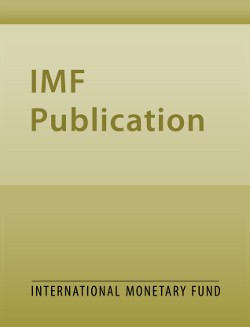
Winning the War? New Evidence on the Measurement and the Determinants of Poverty in the United States
Winning the War? New Evidence on the Measurement and the Determinants of Poverty in the United States
READ MORE...
Volume/Issue:
Volume 2022
Issue 004
Publication date:
ISBN:
Add to Cart by clicking price of the language and format you'd like to purchase
Available Languages and Formats
Topics covered in this book
This title contains information about the following subjects.
Click on a subject if you would like to see other titles with the same subjects.
Economics- Macroeconomics , Economics / General , Poverty and Homelessness , Poverty , Inequality , Consumption , Provision and Effects of Welfare Programs , consumption poverty , determinants of poverty , poverty indicator , poverty threshold , CPI assumption , inflation inequality , adjusted CPI-U , Poverty measurement , Income , Machine learning , Global
Summary
Using micro-data from household expenditure surveys, we document the evolution of consumption poverty in the United States over the last four decades. Employing a price index that appears appropriate for low income households, we show that poverty has not declined materially since the 1980s and even increased for the young. We then analyze which social and economic factors help explain the extent of poverty in the U.S. using probit, tobit, and machine learning techniques. Our results are threefold. First, we identify the poor as more likely to be minorities, without a college education, never married, and living in the Midwest. Second, the importance of some factors, such as race and ethnicity, for determining poverty has declined over the last decades but they remain significant. Third, we find that social and economic factors can only partially capture the likelihood of being poor, pointing to the possibility that random factors (“bad luck”) could play a significant role.
Copyright © 2010 - 2025
Powered by:
AIDC



